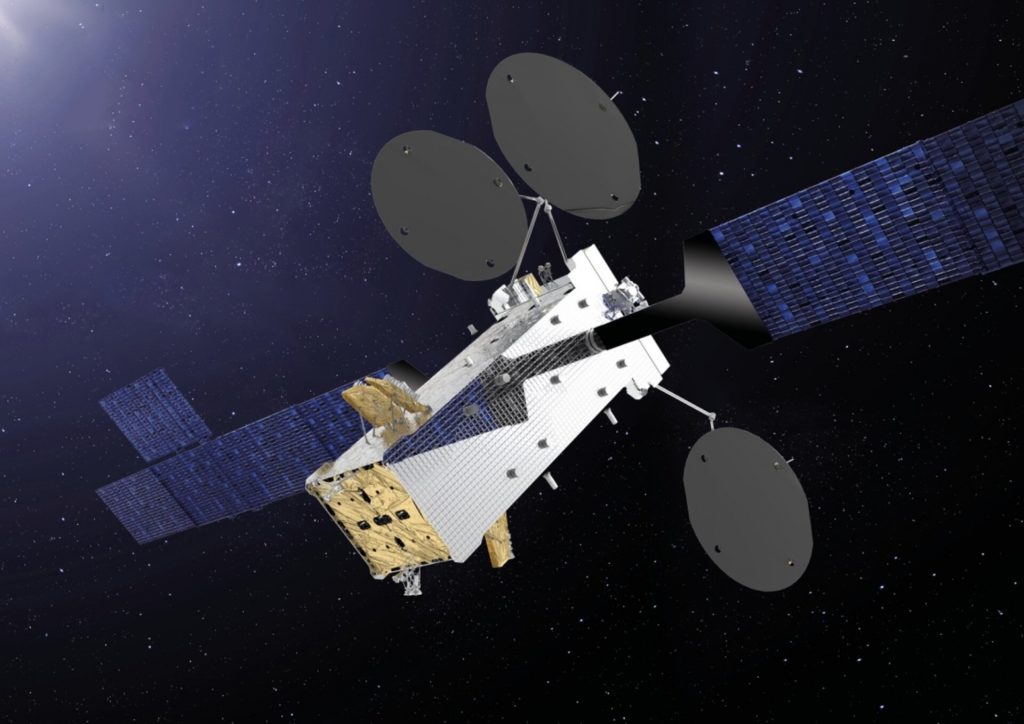Analyst: GEO bloodbath taking place
April 10, 2025

The past few weeks have seen all of the major geostationary satellite operators release their latest financial numbers. Analysts from Quilty Space have examined the results and their comments are not good.
Referring, for example, to Telesat’s numbers, Quilty said: “Few operators have given a more damning assessment of the prospects for GEO connectivity than Telesat. During the company’s March 27th earnings call, management acknowledged that it has not purchased a new GEO satellite in nine years and feels no compulsion to change this even with two more satellites, Anik F2 and F3, so low on fuel they must shift into inclined orbits to stave off retirement.”
Quilty quote Telesat CEO Dan Goldberg admitting the company hasn’t been able to close a compelling business case for a GEO satellite in some time.
Telesat is far from alone. “Eutelsat in February disclosed a €535M ($560 million) impairment on its GEO assets, from which it now expects lower revenues. Here another flagship high-throughput satellite, the Konnect VHTS launched in 2022, is seeing headwinds competing against Starlink,” said Quilty.
Over in Japan, Sky Perfect JSAT gave a similarly blunt assessment even while preparing to order a new GEO satellite from Thales Alenia Space. In a transcript of the company’s February 6th earnings call, JSAT President Eiichi Yonekura said that after 36 years in GEO orbit, the company has to look elsewhere to grow. “Since 1989, we have launched over 30 GEO satellites, but for future growth, relying only on GEO will not work. So, we are expanding into medium and low Earth orbits as well,” he said.
On the upside, Quilty points out the future prospects for Telesat’s Lightspeed LEO system.
There are also signs that despite a slow start Eutelsat’s OneWeb is starting to make progress, and the same with SES and its mPOWER system.
Other posts by :
- Russian satellite tumbling out of control
- FCC boss praises AST SpaceMobile
- Rakuten makes historic satellite video call
- Rocket Lab confirms D2C ambitions
- Turkey establishes satellite production ecosystem
- Italy joins Germany in IRIS2 alternate thoughts
- Kazakhstan to create museum at Yuri Gagarin launch site
- AST SpaceMobile gets $42 or $1500 price target
- SES AGM results: Appaloosa still objecting
